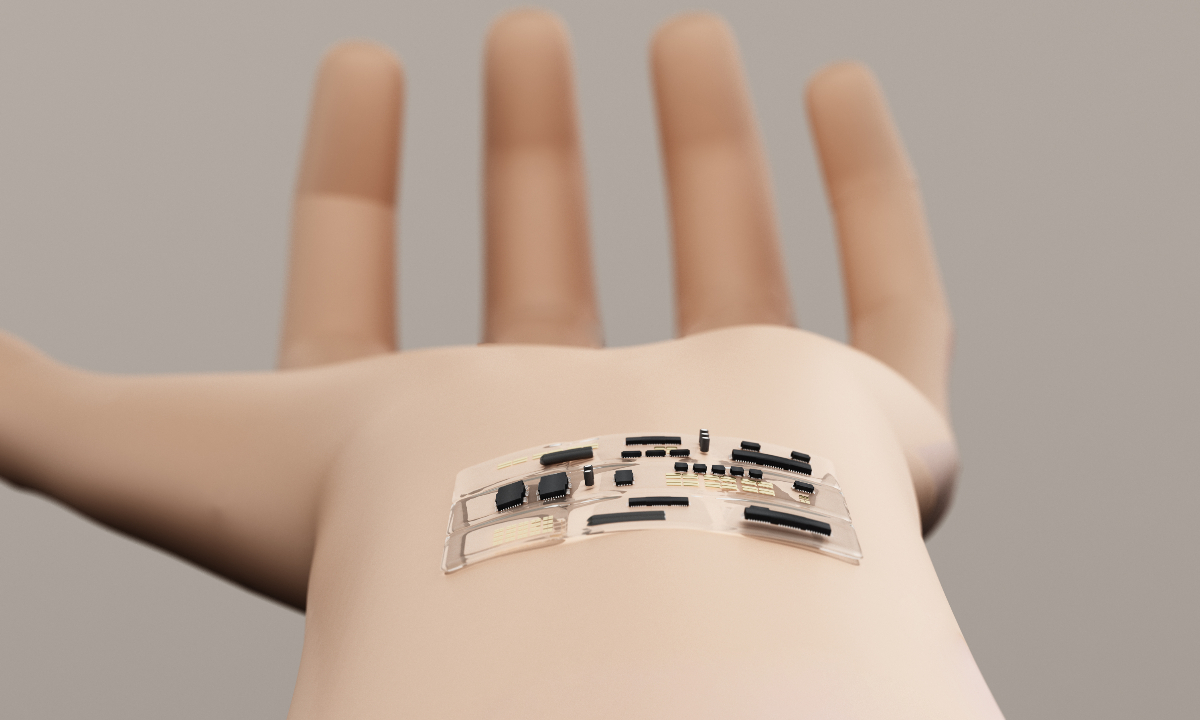
Photo: VCG
China recently released a standard for skin-on-a-chip technology, the country’s first national standard in the field of organ-on-a-chip technology, which marks a significant step forward for China in promoting the standardized and regulated development of scientific research and industrial applications in this field.
The technology has the potential to become an effective tool for toxicology testing, drug screening, and cosmetics evaluation.
According to Gu Zhongze, professor from Southeast University who led the draft of the standard, skin-on-a-chip is a type of organ-on-a-chip system. A human organ-on-a-chip is an organ microphysiological system constructed in vitro through the cross-integration of advanced technologies such as stem cells, biomaterials, and nanofabrication. It can simulate the main structural and functional characteristics of different human tissues and organs, as well as complex inter-organ connections, to predict human responses to drugs or various external stimuli, Science and Technology Daily reported on Monday.
Gu explained that a skin-on-a-chip is a micro-scale cell and tissue culture device which is created with in vitro microfluidic chip technology. It can mimic the biochemical and physiological characteristics of skin and possesses both barrier structure and function.
The skin-on-a-chip technology has the potential to become an effective tool for toxicology testing, drug screening, and cosmetics evaluation, Gu added, noting that it may partially replace current simple two-dimensional cell culture experiments, animal testing, and even artificial skin experiments, positioning it as an advanced and powerful tool for in vitro skin evaluations.
The standard primarily defines relevant terms and requirements for skin-on-a-chip, including its appearance, cell sources, component performance, and biological properties. It applies to the design, production, and testing of skin-on-a-chip products based on microfluidic chips. The release of the standard will effectively promote industry regulation and support high-quality growth in this field, Gu said.
Apart from the skin-on-a-chip technology, the research team led by Gu also has achieved significant breakthroughs in the area of organ-on-a-chip by overcoming several technical bottlenecks including microstructural induction for tissue or organ growth, forming a comprehensive technology system for organ-on-a-chip technologies.
The team has also successfully developed China’s first organ-on-a-chip model to be used in the space station for scientific research. It was also the first scientific team in the world to propose integrating organ-on-a-chip with artificial intelligence for drug screening.
A total of 21 universities and institutions, such as Southeast University, Tsinghua University, Southern Medical University and Nanjing Institute for Food and Drug Control contributed to drafting the standard.
Global Times
